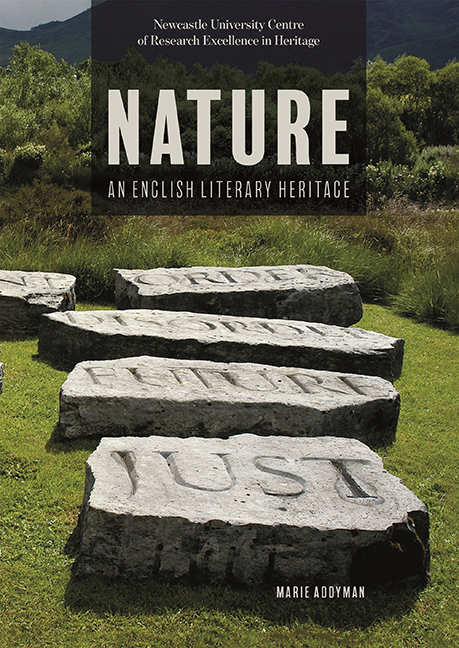Book contents
- Frontmatter
- Dedication
- Contents
- Acknowledgements
- Preface
- Introduction: Infected Minds
- I Nature as (A)morality and Mortality in Early Modern England
- II Living the Wild Life in the Nineteenth Century
- III Nature and History: Towards the Anthropocene
- Afterword: Apokalypsis
- Bibliography
- Index
- Previous Titles
6 - Burbling through Tulgy Woods
Published online by Cambridge University Press: 11 June 2021
- Frontmatter
- Dedication
- Contents
- Acknowledgements
- Preface
- Introduction: Infected Minds
- I Nature as (A)morality and Mortality in Early Modern England
- II Living the Wild Life in the Nineteenth Century
- III Nature and History: Towards the Anthropocene
- Afterword: Apokalypsis
- Bibliography
- Index
- Previous Titles
Summary
In his monumental work on Woodlands (2012), Oliver Rackham commented that ‘ancient woodlands are not the same as wildwood’. Even if there is ‘some continuity’ to be traced between them, ‘woodland’ is the result of human management going back for centuries (Rackham 2012, 86–7; 22–3). The UK, like Europe and the USA, has a reduced percentage of ancient woodland as part of its overall landmass and what is left of it is still under threat for various reasons – commerce and industry, domestic building, leisure. Graham Harvey, writing the volume on Parkland for the UK National Trust's Living Landscape series (2002), points out that ‘the English landscape park’ and its medieval predecessor, the wooded deer park, were ‘no more than fragments of nature … plucked arbitrarily from their wild setting and set apart by means of the pale’ (Harvey 2002, 63). Perhaps a reaction to this loss can be noticed in the commercial strategies adopted in major gardens, landscape parks and theme parks which emphasise the other-worldly nature of the sylvan scene. Some of these fragments of nature, transformed by landscape designers in the eighteenth century into ‘Arcadian dream(s)’ referencing a high-brow classical culture (Harvey 2000, 70 seq), are inherited and managed by the National Trust. Across the summer season in various properties the Trust often interprets that responsibility as the necessity to provide for its visitors more than just an exquisite or unusual garden or a natural landscape, but to add to the visitor experience the artifices of fiction and magic: a visiting family might find a teddy bears’ picnic, come across a lurking dinosaur, have a pow-wow, follow a fairy trail or a dragon trail by bike or on foot; or come across a character from fairyland either in a human charade or in a material tableau.
It could be argued that this is simply a modern way of following through visually and materially an ancient and intricate oral-cum-literary cultural tradition of envisaging nature's woodland or forests as having a life full of mysterious non-human creatures. But before this visual enactment for the cultural benefit of a largely urban population, the nineteenth-century tales which spread across Britain, Europe and America were written as if they could still take the forest as a given feature of the landscape.
- Type
- Chapter
- Information
- Nature: An English Literary Heritage , pp. 157 - 210Publisher: Boydell & BrewerPrint publication year: 2021



